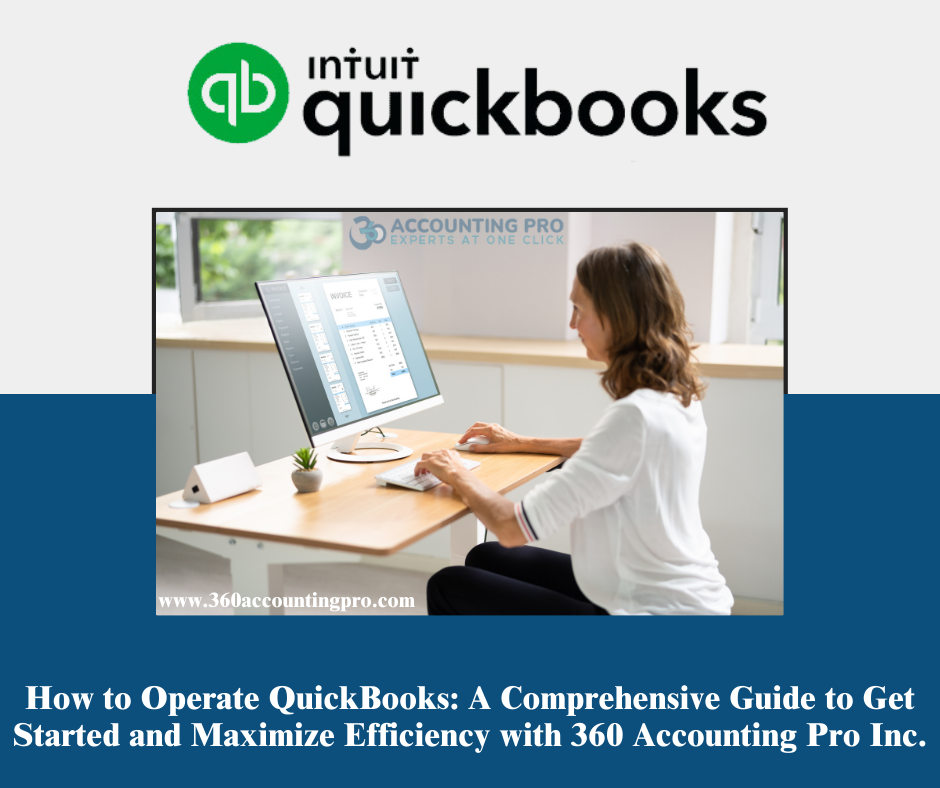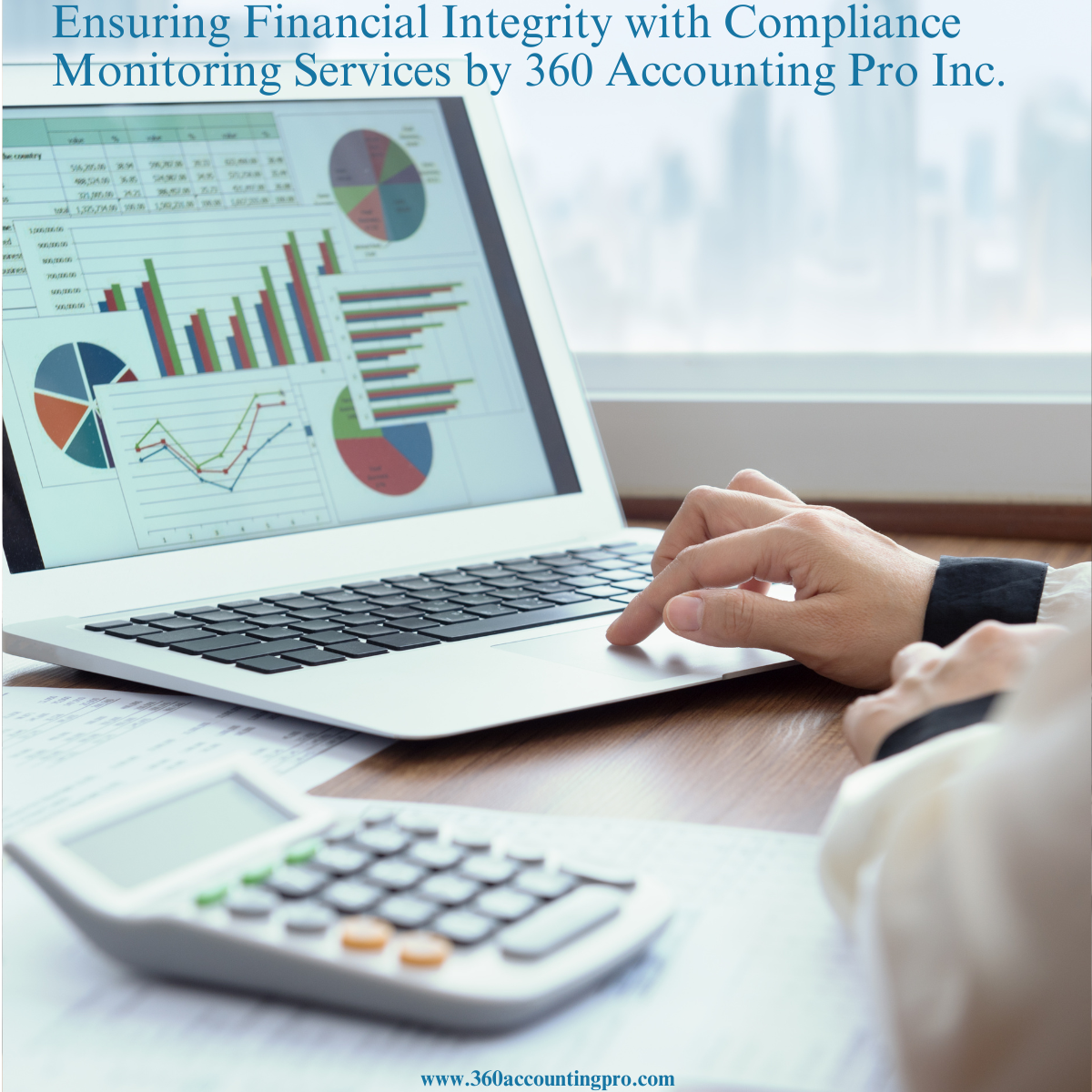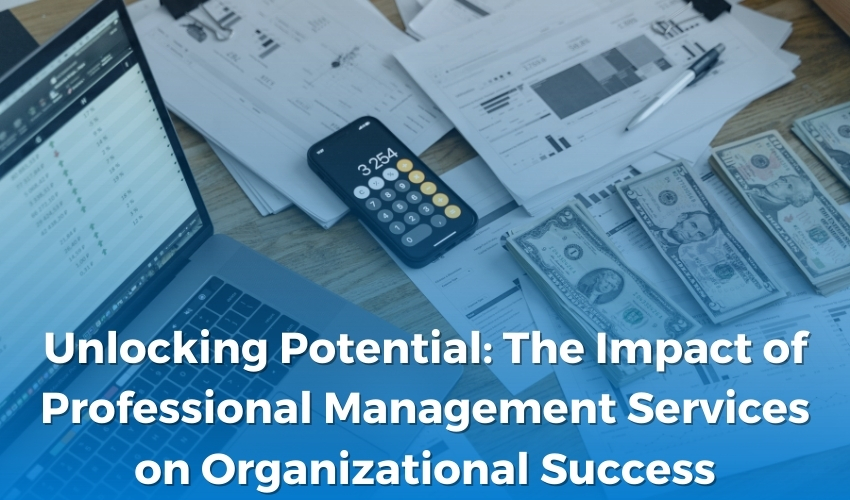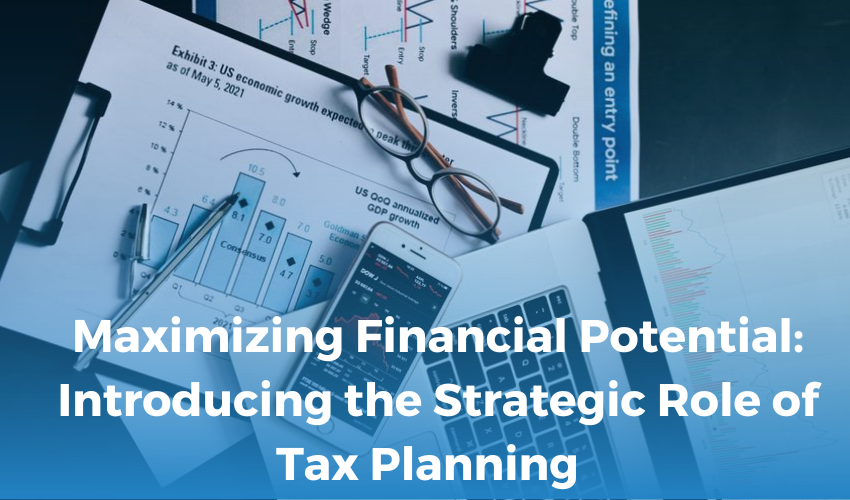

17-11-23
In the fast-paced world of personal finance, one concept stands out as a cornerstone for securing a prosperous future: investing. The art and science of investing go beyond mere money management; it is a strategic approach to building a strong financial future. As individuals navigate the complex landscape of investment options, understanding the principles, risks, and potential rewards becomes paramount. This article aims to explore the various facets of investing and provide insights into how individuals can use this powerful tool to pave the way for a secure and prosperous financial future.
Understanding the Basics:
At its core, investing involves putting money to work with the expectation of generating returns over time. Whether it's stocks, bonds, real estate, or other asset classes, the goal is to make money grow. However, with the potential for growth comes risk. Successful investing requires a fundamental understanding of risk and how to manage it effectively. Diversification, a strategy that involves spreading investments across different assets, is a key component of risk management. By not putting all eggs in one basket, investors can mitigate the impact of a poor-performing asset on their overall portfolio.
Long-Term Vision:
Building a strong financial future through investing is a marathon, not a sprint. Patience is a virtue, and the compounding effect is a powerful ally for long-term investors. Over time, this snowball effect can significantly amplify the initial investment. The earlier an individual starts investing, the more time their money has to compound, potentially leading to substantial wealth accumulation.
Setting financial goals:
Before embarking on the investing journey, individuals must define their financial goals. Whether it's saving for a home, funding education, or preparing for retirement, each goal comes with its own time horizon and risk tolerance. Understanding these factors is crucial for crafting an investment strategy that aligns with specific objectives. Short-term goals may warrant a more conservative investment approach, while long-term goals may allow for a more aggressive stance.
Educating Yourself:
The world of investing can be intimidating, with its jargon, market fluctuations, and complex financial instruments. However, education is a powerful tool for empowering investors. Resources abound, from books and online courses to financial advisors and investment seminars. Being well-informed about the basics of investing, market trends, and the specific assets in which one is investing can make the journey less daunting and increase the likelihood of making sound financial decisions.
Diversification and Risk Management:
One of the golden rules of investing is not to put all eggs in one basket. Diversification is a risk management strategy that involves spreading investments across different asset classes, industries, and geographic regions. By doing so, investors can reduce the impact of a poor-performing investment on their overall portfolio. Diversification does not eliminate risk, but it mitigates the impact of individual asset volatility, contributing to a more stable and resilient portfolio.
Adapting to Market Changes:
The financial markets are dynamic, subject to economic, political, and social changes. Successful investors remain agile and adaptable, adjusting their strategies in response to market shifts. Regularly reviewing and rebalancing a portfolio ensures that it stays aligned with one's financial goals and risk tolerance. While short-term market fluctuations are inevitable, a well-diversified and carefully managed portfolio is better equipped to weather the storms and capitalize on long-term growth opportunities.
Seeking professional guidance:
For many, the world of investing may seem like a labyrinth of possibilities. Seeking advice from financial professionals can provide valuable insights and a roadmap tailored to individual circumstances. Financial advisors can assist in crafting an investment strategy, offer guidance on asset allocation, and provide ongoing support to navigate the complexities of the financial markets. Having a trusted advisor can instill confidence and discipline in sticking to a well-thought-out investment plan.
Embracing Technological Advancements:
In today's digital age, technology has revolutionized the way individuals invest. Online platforms and robo-advisors offer accessible and cost-effective ways to enter the world of investing. These tools leverage algorithms and artificial intelligence to create diversified portfolios based on individual risk profiles and financial goals. Embracing technological advancements can streamline the investment process and make it more convenient for individuals to manage their portfolios independently.
Monitoring and evaluating performance:
Building a strong financial future through investing is an ongoing process that requires regular monitoring and evaluation. Tracking the performance of investments, assessing the impact of market changes, and adjusting the portfolio as needed are essential steps in the journey. Regular check-ins with financial goals, risk tolerance, and overall market conditions ensure that the investment strategy remains aligned with the desired outcomes.
Conclusion:
Investing is a powerful tool for building a strong financial future,Financial Statements Are Important
but it requires a thoughtful and disciplined approach. Understanding the basics, setting clear financial goals, and embracing diversification are crucial steps. Patience and a long-term vision, coupled with ongoing education and adaptability, contribute to success in the dynamic world of investing. Whether managing investments independently or with the guidance of financial professionals, individuals can navigate the complexities of the financial markets and pave the way for a secure and prosperous financial future.
Tags :













































.jpg)
.jpg)
.jpg)
.jpg)


).jpg)














 Get A Quote
Get A Quote
Leave A Comment